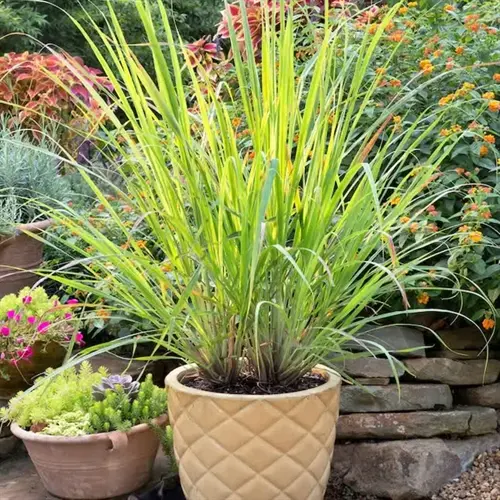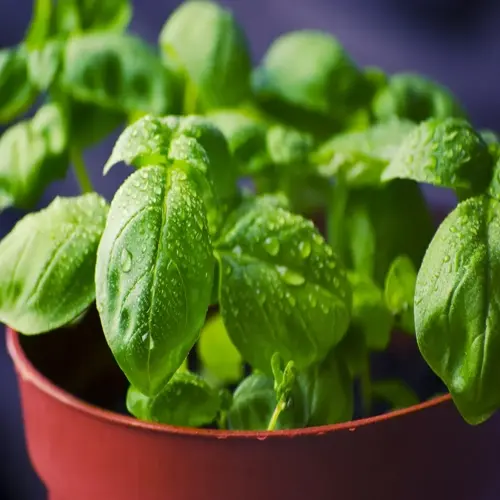What is the best way to grow oregano?

Written by
Julia Anderson
Reviewed by
Prof. Martin Thorne, Ph.D.To successfully cultivate oregano, it's important to appreciate its Mediterranean origin and culture. This sun-loving herb benefits from specific soil, spacing, and care methods, and will perform best if you can provide an environment that mimics its native, dry, rocky habitat. You will also achieve vigorous growth by providing proper sunlight and deep, but infrequent watering.
Soil Requirements
- Well-draining soil mix prevents root rot: blend 3 parts garden soil with 1 part coarse sand
- Maintain pH between 6.0-7.0 for nutrient absorption
- Add 1 inch compost annually for organic matter enrichment
Sunlight Needs
- Minimum 6 hours direct sun daily for oil production
- Provide afternoon shade in zones 8+ above 90°F (32°C)
- Supplement with grow lights if indoor sunlight is insufficient
Water Management
- Water only when top 2 inches soil become dry
- Use drip irrigation systems for consistent moisture control
- Reduce watering frequency by 50% during winter dormancy
There should be sufficient space on both sides to allow healthy air to flow through the oregano plants. While garden bed spacing requires 12-18 inches between plants, container plantings need a minimum of 8-inch pots. If the plants are too crowded together, this can lead to fungal disease. For optimal growth, I keep mine spaced at 15 inches in my raised beds.
Pruning helps keep plants healthy, growing, and productive. During the active growing season, prune stems weekly just above the leaf node. Each spring, prune the woody stems of your perennial plants well before new shoots emerge. Repeatedly harvesting plant material for culinary purposes serves as a natural way to prune and maintain your plants.
During the summer, fertilize with a balanced 10-10-10 NPK every month. For container plants, I recommend diluted half-strength solutions to avoid nutrient burn when the plants need feeding. Organic alternatives can also be used, such as compost tea, which also provides a gentle feeding method. Do not apply fertilizer six weeks before the first frost date.
Select the types based on your regional climate and food preferences. Greek oregano tolerates cooler areas, while Italian types like warmer zones. Hot and Spicy types add a flavor punch to Mexican dishes. Ensure that you match the variety characteristics to your garden's conditions.
Read the full article: How to Grow Oregano Successfully

